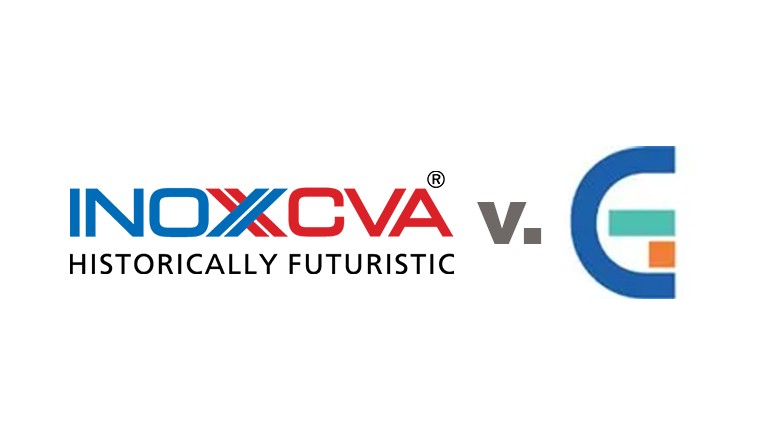Dismissed copyright case in India has significant implications for IP practice in the country
04 July 2024


Kangan Roda, Founding Partner, illuminIP, New Delhi
The recent court ruling in the case of Inox India v. Cryogas Equipment in India has significant implications for the practice of intellectual property law in the country, particularly in the realm of industrial design and copyright protection.
Kangan Roda, founding partner at illuminIP in New Delhi, gave the statement after the High Court of Gujarat dismissed the case in May 2024. The copyright infringement suit involved the design of a cryogenic storage tank.
Inox India, a leading manufacturer of cryogenic equipment, sued Cryogas Equipment (CEPL) and LNG Express India (LEIPL) in 2018. CEPL and LEIPL are part of the Cryogas Industries group of companies in Gujarat. According to Inox, the two companies copied its proprietary engineering drawings of cryogenic storage tanks and distribution system and used these industrial designs to manufacture their own storage tanks and distribution system.
Inox added CEPL and LEIPL hired two former employees of the plaintiff, from whom the defendants acquired the proprietary engineering drawings.
CEPL argued that their industrial designs were not copied but instead were made based on codes and standards.
First off, the suit puts the spotlight on Section 15(2) of India’s Copyright Act, 1957. Roda explained that the dismissal of the suit was heavily based on Section 15(2), which specifies that copyright protection does not apply to designs that have been industrially applied and where more than 50 units of the product have been made. Inox India had produced over 50 units of cryogenic storage tanks, making its design ineligible for copyright protection.
“This emphasizes the critical need for businesses to recognize the limitations of copyright in protecting industrial designs and the necessity to pursue protection under the Designs Act, 2000, where appropriate,” Roda said. “Inox India’s failure to register their design left them without the statutory protection needed to support their infringement claims.”
The case also underscored the critical role of evidence in IP disputes. Cryogas provided strong evidence, which included expert testimonies and independent creation documentation, thus bolstering its defence. “Companies should maintain comprehensive records of the design and development process to support their IP claims and defences effectively,” said Roda.
On the other hand, Inox failed to provide evidence of unfair competition and employee poaching. “The court’s decision also touches on the broader implications of using IP litigation as a competitive tool. This serves as a caution against leveraging IP claims primarily for competitive advantage without a solid legal basis,” explained Roda.
Another key takeaway from the case is it showed the importance of strategic IP management. The approach to IP management, said Roda, should be proactive and well-rounded. This includes conducting regular IP audits, ensuring timely registration of all designs and maintaining thorough documentation to better protect and enforce IP rights.
“By staying informed about such rulings, IP practitioners can better guide their clients through the intricate landscape of IP law,” advised Roda.
Espie Angelica A. de Leon






